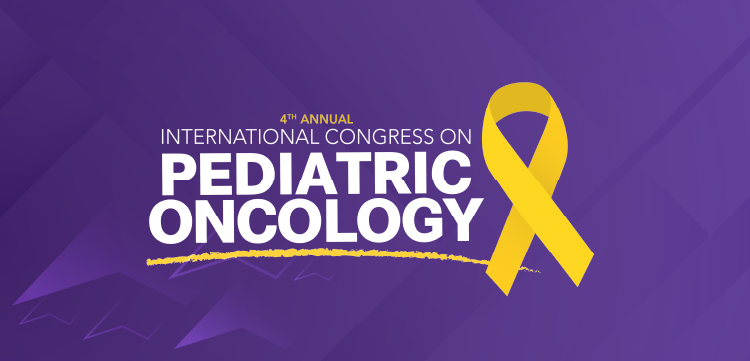
Sepsis Remains Significant Challenge for Hospitals: Public Health Watch Weekly Report
With as many as 30 million new cases annually, resulting in more than 6 million deaths worldwide, new initiatives are focusing on an age-old problem—sepsis, and its related complications.
Recently, research findings, government action, and global public health initiatives have focused new attention on an age-old problem—sepsis, and its related complications.
Sepsis, a diagnosis that dates to ancient Greece, remains a significant public health challenge. A
Although HCUP reports that, overall, hospital stays declined 6.6% over the analysis period, septicemia now ranks third among the most common diagnoses leading to admissions, behind pregnancy and neonatal care. Interestingly, given the ongoing rhetoric surrounding the
Meanwhile, the
With that in mind, the World Health Organization (WHO), during its most recent World Health Assembly in May 2017, approved a resolution calling for new efforts to improve the prevention, diagnosis, and management of sepsis. The resolution urges countries to implement national action plans to tackle sepsis; launch initiatives to improve access to clean water, sanitation, and hygiene to reduce the number of new cases; continue efforts to combat antimicrobial resistance (via stewardship) in order to help improve sepsis treatment outcomes; and to work with professional societies to develop guidelines on the diagnosis and management of sepsis. The resolution also calls for WHO to publish epidemiologic data on sepsis and release treatment protocols.
“Ensuring greater awareness on the part of both the public and health care workers is a crucial step in reducing the global burden of sepsis. Approximately 70% of sepsis cases are community-acquired, and since treatment with appropriate antibiotics must begin early to be effective, educating people about seeking treatment without delay is key to preventing unnecessary deaths and disability… [S]epsis can affect anyone at any time, which means that national public awareness programs are needed,” members of the GSA executive board wrote in a
In the United States, New York became the first state to require hospitals to adopt evidence-based protocols for the diagnosis and management of sepsis, when its legislature approved “Rory’s Regulations” in 2013. Named for Rory Staunton, a 12-year-old boy who died from sepsis in an Empire State emergency department, the regulations have led to a 16% reduction in sepsis-related mortality over the 2 years they have been in effect, according to the
However, not everyone is happy with these regulations. In another NEJM
Indeed, it’s important to note that, in effect, the authors’ problems with Rory’s Regulations were not the spirit of them, but rather who authored them. They would vastly prefer clinicians take the lead in efforts to reduce sepsis, writing, “Clinical practice guidelines may make strong recommendations based on rigorous scientific evidence, but they are also inherently flexible, allowing physicians to exercise considerable professional judgment. Legislation and regulation, however, are inherently inflexible, forcing clinicians to adopt certain care practices independent of clinical judgment.”
Which is, arguably, a not-so-veiled jab at government officials sticking their noses in healthcare.
Brian P. Dunleavy is a medical writer and editor based in New York. His work has appeared in numerous healthcare-related publications. He is the former editor of Infectious Disease Special Edition.
Newsletter
Stay ahead of emerging infectious disease threats with expert insights and breaking research. Subscribe now to get updates delivered straight to your inbox.

































































































































































































































































































